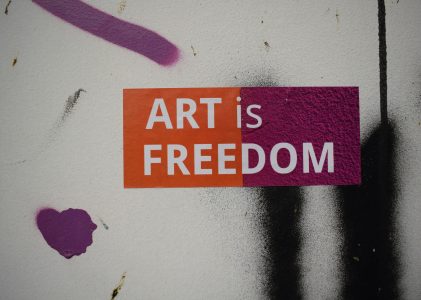Turning power on its head, a reverse call for applications
In November of 2010 eight young feminists from Africa, Asia, The Middle East, Latin America, the Caribbean, The United States, and Eastern Europe gathered in Beirut, Lebanon to envision what would become FRIDA | The Young Feminist Fund.










